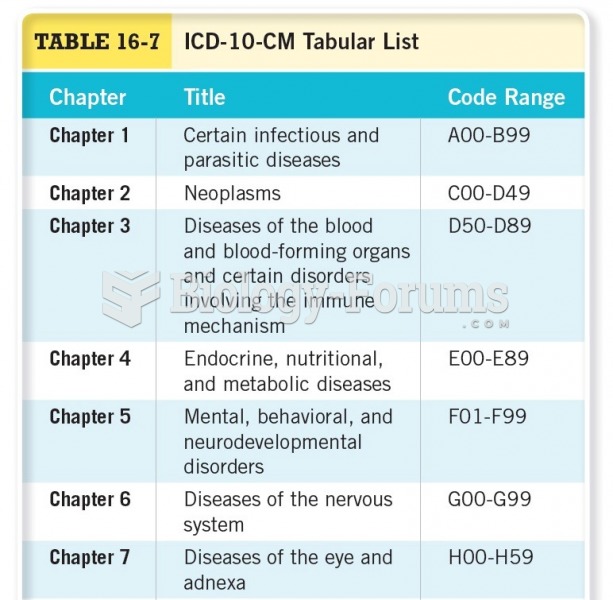Answer to Question 1
Inappropriate leadershipThe chef supervisor is unable or unwilling to use a
kitchen team approach and does not encourage the use of kitchen team-
building activities. He or she often uses a command decision style rather
than a consensus decision style. The leader does not share his or her power
or leadership responsibilities.
Unqualified membershipKitchen team members are not qualified
(professionally or socially) to contribute to the kitchen team and, as a result,
are unable to contribute to the successful completion of its goals.
Insufficient kitchen team commitmentKitchen team members are not
committed to the aims and purposes of the kitchen team and are reluctant to
expend personal energy on meeting the kitchen team's goals.
A non-kitchen team-building climateThe kitchen team's climate and culture
discourage members from feeling comfortable, from being direct and open,
and from taking risks.
Poor perception of possibility of achievementThe kitchen team may not
understand its objectives; if it does, it may not believe that they are
worthwhile. It may set targets that are either uninspiring or unachievable.
Poor upper management supportThe kitchen team may be excluded from
corporate planning. It may not understand or envision its role in the wider
context of the foodservice organization.
Ineffective work methodsProblems are not solved in an efficient, timely, and
effective manner.
Lack of role clarity (who does what, when, where, and how)Members' roles
are not clearly defined, efficient communication procedures have not been
developed, and administration is not supportive of the kitchen team's efforts.
Weak critiquing programKitchen team weaknesses are not addressed
adequately so as not to upset members.
Member maturityMembers may not have developed the maturity and
confidence needed to be assertive or to deal with other members' strong
personalities.
A lack of creativityMembers do not generate new ideas and are unwilling to
take risks that may be discouraged by the organization's corporate culture.
Negative relations with other teamsKitchen teams are interdependent; they
compete rather than collaborate. Because kitchen teams do not meet to
compare their plans and agendas, priorities may conflict.
Allowing a kitchen team to work alone without support from upper
management
Allowing the kitchen team to become isolated in its goals
Not providing a sense of direction to the team or allowing it to develop its
own goals and visions in isolation to the organization's culture
Not measuring accomplished goalsMany foodservice organizations initiate
empowerment programs and then forget to monitor how the kitchen team is
doing or to check whether the kitchen team has the resources, expertise, and
authority to carry through its actions. They forget that the idea is for the
kitchen team, not for one empowered person, to take over. If this happens, it
will not provide any improvement over the old process.
Not providing trainingKitchen teamwork does not happen automatically.
Training is needed and must take into account that some of the people
involved have been operating one way for years, so it will be hard to change
their mode of behavior. It is hard to train people to handle empowerment,
especially if they have been complying with workplace directives for years.
The challenge of getting kitchen teamwork started and keeping it goingAt
first, there is usually resistance to a new way of doing things. Next come a
period of information-sharing and the development of expectations, followed
by a commitment to particular roles and expectations.
Answer to Question 2
Step 1: 1X3 = 3 . Step 2: 3+1 = 4 . Step 3: Answer
= 4/3







